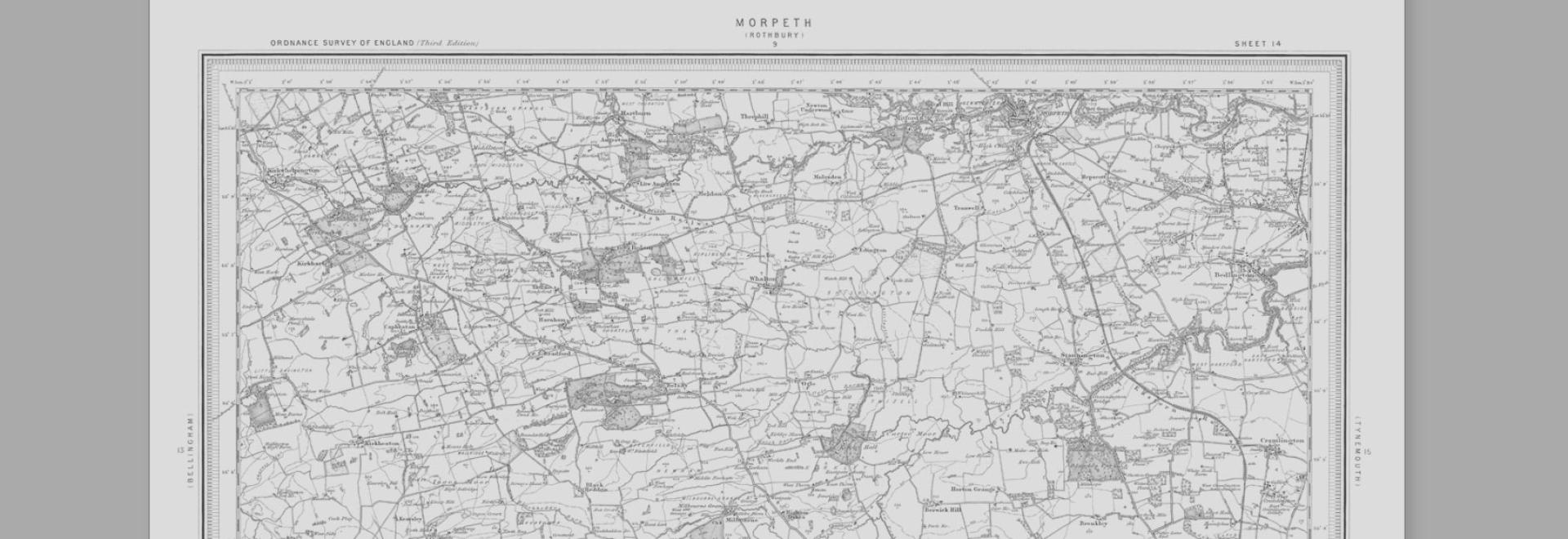Ever wondered what some of the most well-known areas of Britain used to look like? We’ve taken a look at how some of our favourite cities and towns have changed over the years.
We live in a fast moving, ever-changing but ultimately fascinating country. We’ve worked on acres of green and pleasant farmland, been at the forefront of the industrial revolution, been bombed beyond recognition and developed new towns to cater for the always expanding population. We’ve seen coastal erosion, road constructions and demolition. We’ve seen sprawls, reclamation and gentrification. How, though, has this altered what the landscape looks like?
We’ve taken a look at how some of our favourite cities and towns have changed over the years:
(Use the slider on the images to reveal old and new maps. Can’t see the images? Try turning your device to landscape mode!)
Southampton
Southampton’s probably best known for its incredible football team, the Saints. Just kidding. It’s probably best known as being the port from which the Titanic sailed in 1912. An important port for centuries, particularly for the military, the city was a target for the Luftwaffe and bombed heavily in WWII, all but wiping out its medieval walls. The maps below show Southampton in 1871 and 2015, where it’s clear that the banks along the River Test have been developed and several trunk roads built, including the one which crosses the River Itchen.
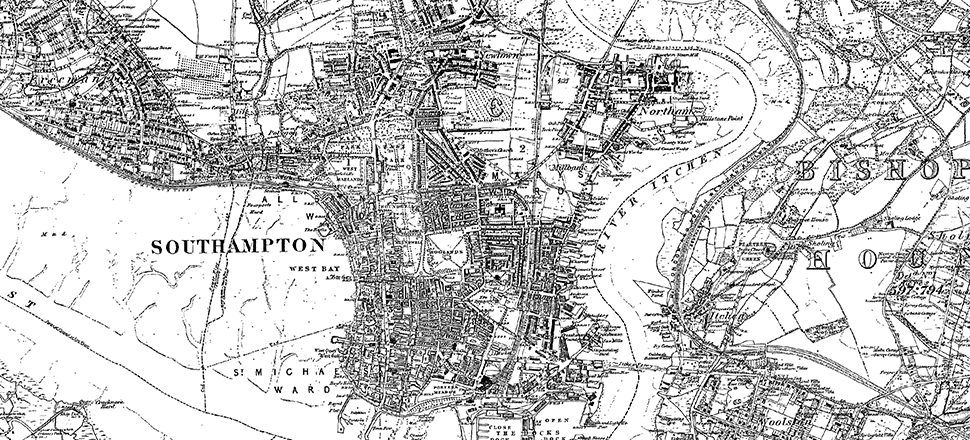
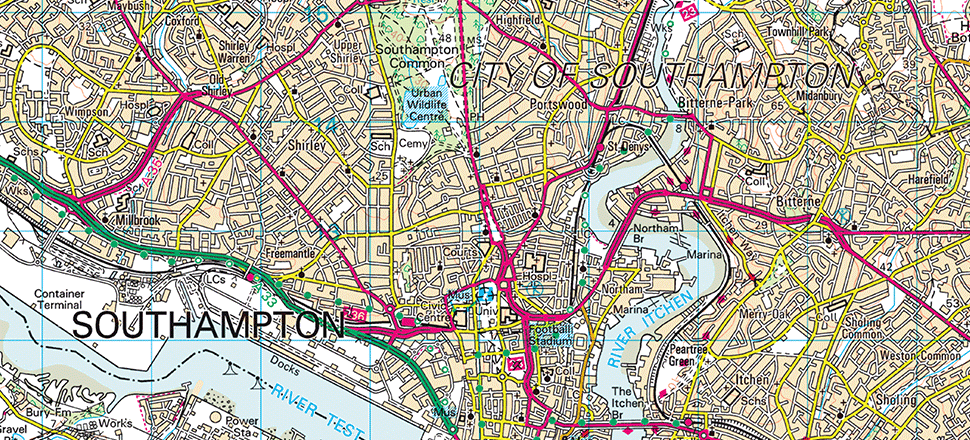
Take a look at some photos of Southampton’s main shopping street, Above Bar as it changed over 120 years.
Durham
Famed for its castle, cathedral and university, it’s thought that the earliest settlers in Durham lived there back to 2000BC. The entire centre is a designated conservation area, comprising more than 630 listed buildings. In fact, Durham Castle was among the very first to receive such a classification – along with the Taj Mahal and Palace of Versailles. No wonder, perhaps that author Bill Bryson has called it “a perfect little city” – not so sure about the ‘little’ part, mind.
The maps below show how Durham has changed between 1861 and the present day. There’s been a considerable amount of urban sprawl; the constants being the railway line, the River Wear and the cathedral complex.
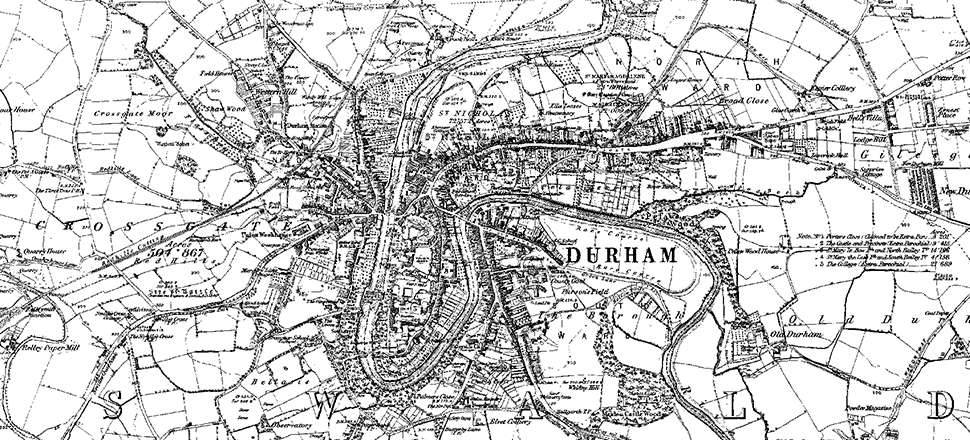
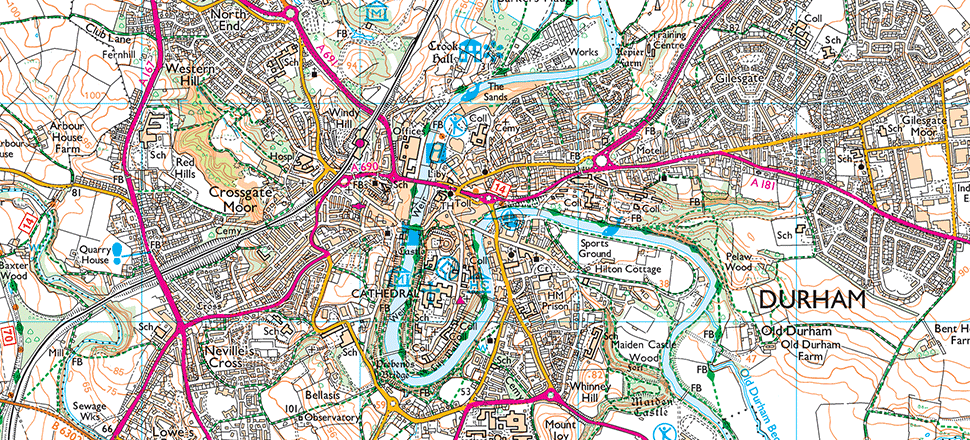
Take a look for yourself with these old pictures of Durham.
Milton Keynes
Milton Keynes was one of several ‘new towns’ created in the 20th Century with the aim of housing thousands of people. Though there are said to have been human settlements in the area from Palaeolithic times, the physical town was developed in 1967. It was designed on a grid system, which makes it easy to get around; vertical roads are ‘streets’ and horizontal ones are ‘way’. It continues to grow, with estimates that its population will have doubled in size by 2025. It’s probably now best known for its concrete cows and popular indoor snow sports complex.
Our maps date from 1885 and 2015. The difference is staggeringly obvious: it wasn’t there before.
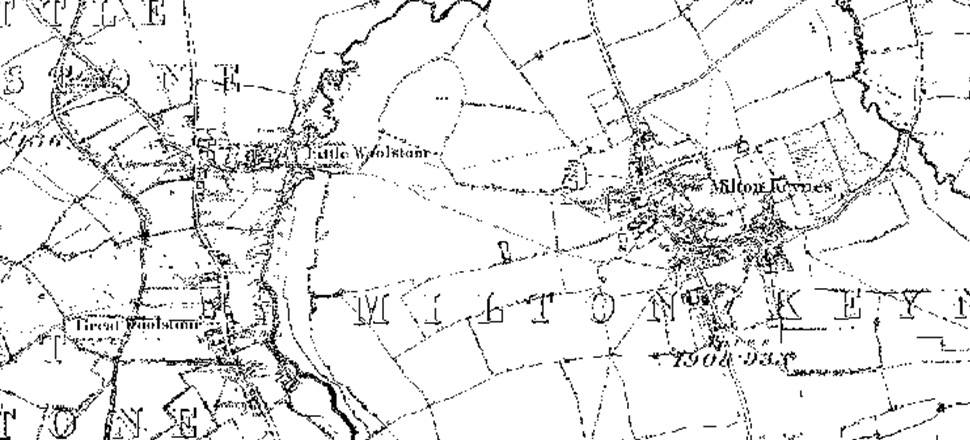
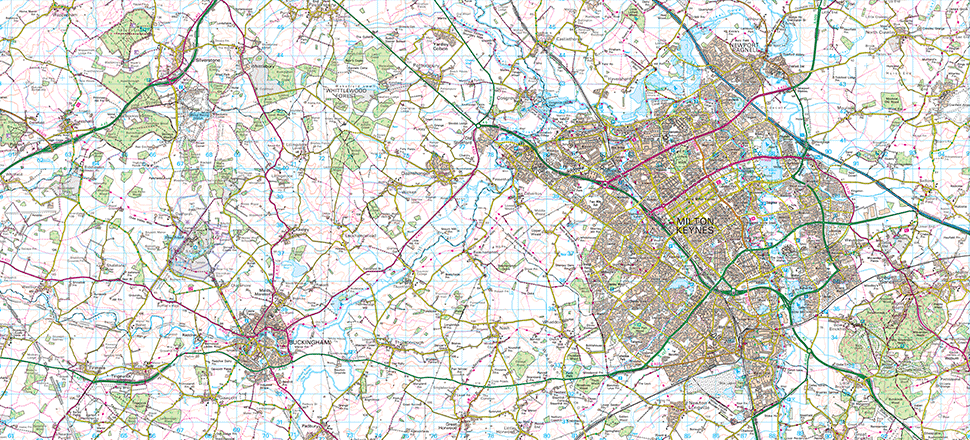
Why not travel back to the 1960s and watch some fascinating Pathé footage of Milton Keynes.
Sheffield
This is one city with a turbulent past. Central to the Industrial Revolution, Sheffield was known for its steel production and its population grew incredibly. To ensure sufficient water supply for all these people, reservoirs and dams were built. Sadly many lives were lost and parts of the city were destroyed when one dam burst, causing the Great Sheffield Flood in 1864. Then, in WWII, it was bombed heavily, leading to irreparable damage. The ‘city of steel’ has bounced back, of course, and is now a vibrant place which has made some significant contributions to the British music scene (yes, we’re talking about The Human League).
The maps below compare the city in 1855 with 2015, where the urban sprawl has been considerable. The river is barely discernible; it seems it’s only the train line that has remained a constant marker.
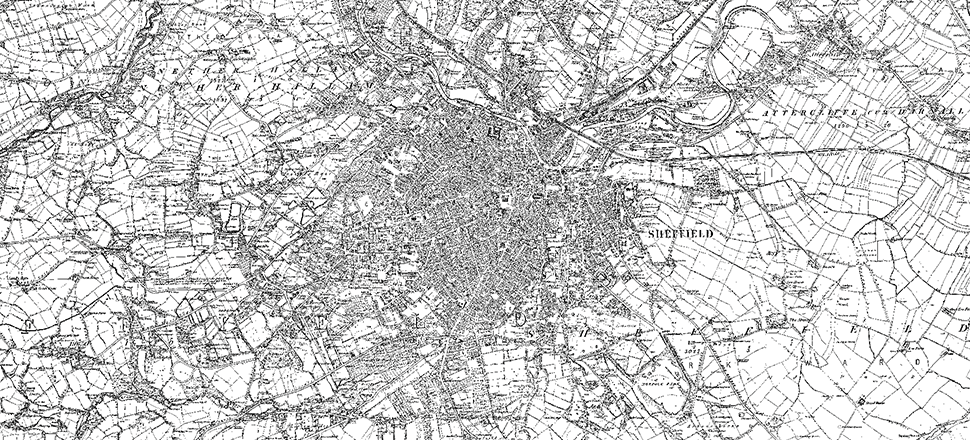
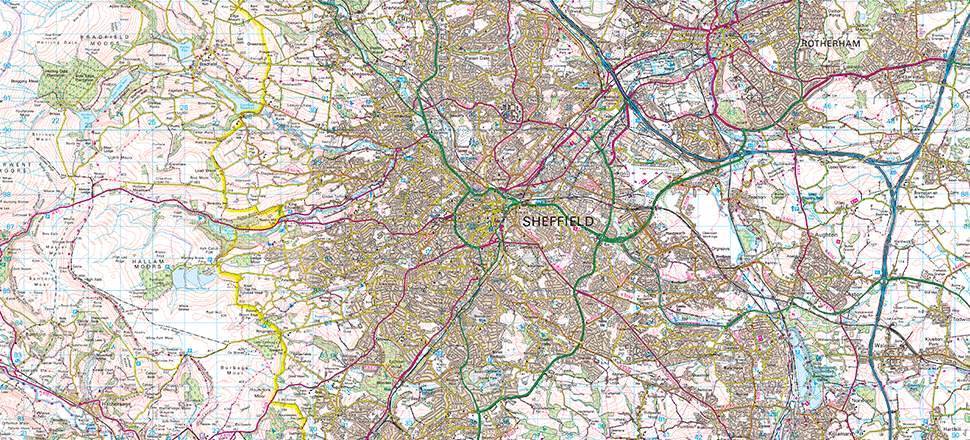
If you’d like to see just how Sheffield has changed over the years, there are plenty of fascinating videos available on YouTube.
Plymouth
A seaside city which has received a battering from the elements of late, this Devonshire location has been an important port for centuries – it was from Plymouth that the Pilgrim Fathers departed for America in 1620. It remains a Naval port and was rebuilt considerably after WWII, where the city centre was redesigned and many council houses were constructed – many by the Admiralty. It now proudly claims the fastest broadband speeds in the west and the largest proportion of cobbled streets in England.
The maps below compare 1867 with the present day. It’s clear to see how much Plymouth has developed, with networks of roads standing on what once were fields. Land beside the water’s edge has also been built upon, yet the coastline itself doesn’t appear to have changed too much, despite those storms of 2014.
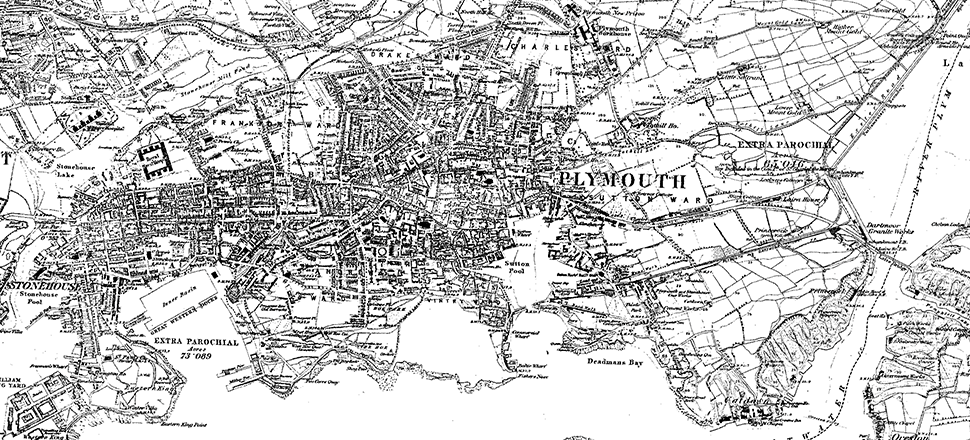

To view photos of Plymouth in years gone by, visit the local council website.
Carlisle
Carlisle offers a good example of developed British countryside. The 19th Century saw the construction of factories, textile mills and engineering works, changing the landscape considerably and swelling the population. The city’s boundaries were extended in 1912, taking in neighbouring Stanwix and Botcherby. Fun fact: it was the first place in Britain to have a pillar box (in 1853).
Our maps depict the city in 1868 and 2015. Follow the meandering River Eden and it’s obvious that there’s been much development closer to the water’s edge, to the north, east and west especially. Huge swathes of fields have been built upon, accommodating new homes, industrial estates and crucially roads.
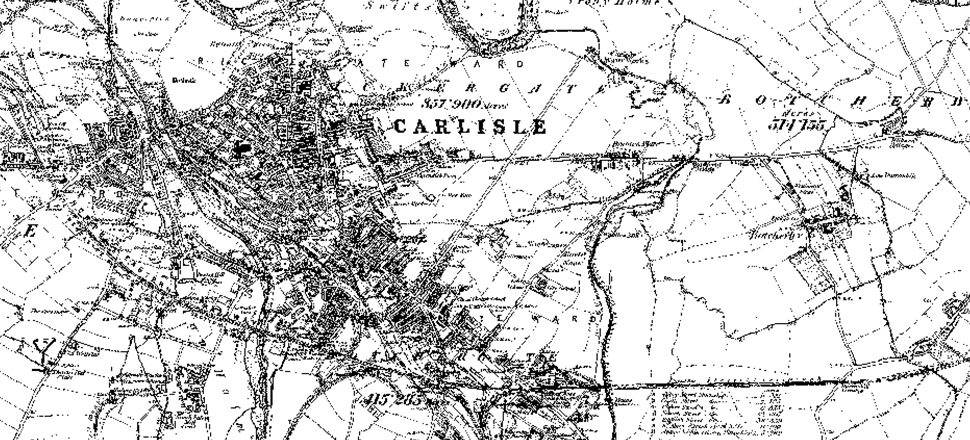
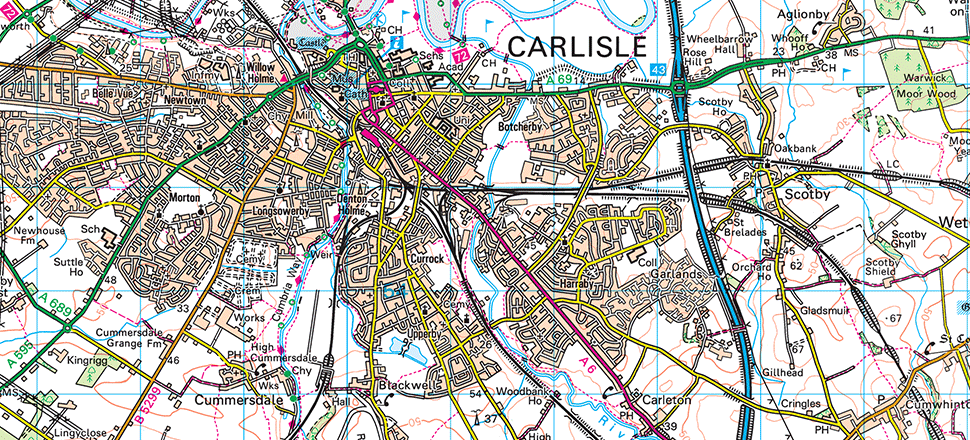
London & Glasgow
The city that never stands still, London has developed incredibly before our eyes, where the Thames is no longer the most important route, where entire streets were bombed to oblivion and new skyscrapers are being constructed all the time.
Our maps show London in 1920, where the city was already a bustling metropolis, and the present day. The only real change, as far as the map is concerned, seems to be the development of Hammersmith
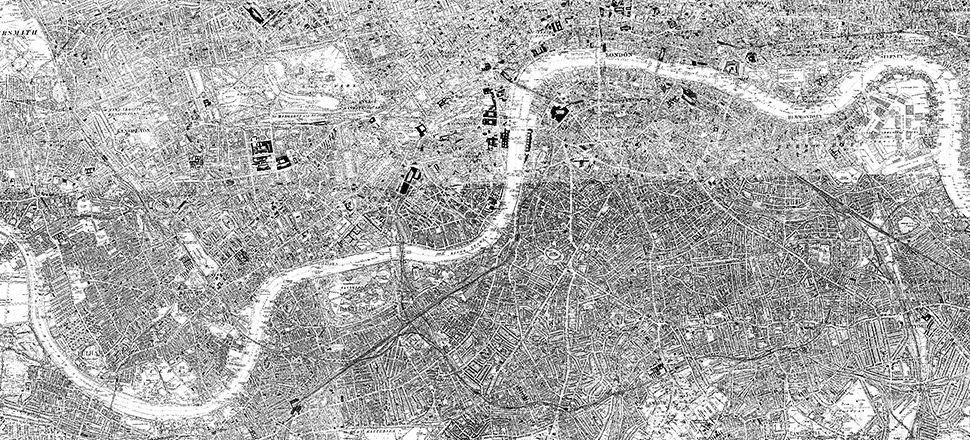
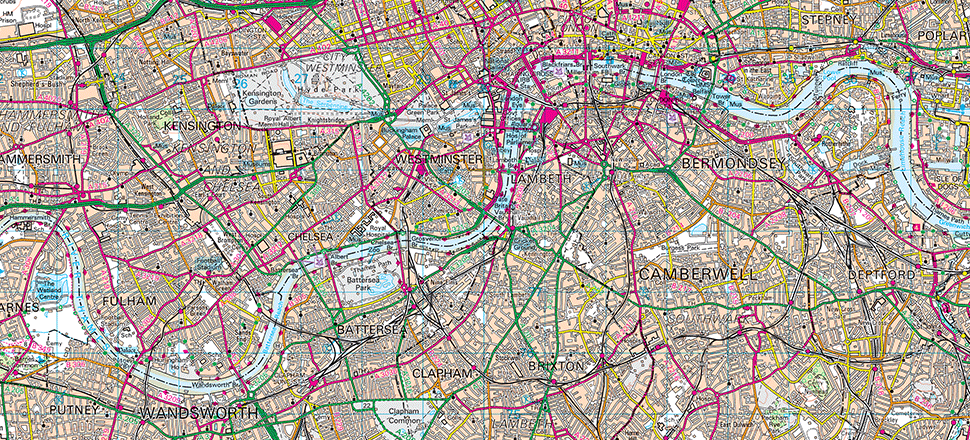
By comparison, Glasgow has changed noticeably. Granted, our first is an earlier map, dating back to 1863, but the 2015 version reveals an entirely developed city, with a vein-like network of roads. What was once a small, riverside settlement has grown into the largest city in Scotland. In recent years, it has seen many urban renewal developments which have moved people to the outer districts, plus numerous changes to the city’s boundaries. Forty-one per cent of Scotland’s total population reside in and around Glasgow.
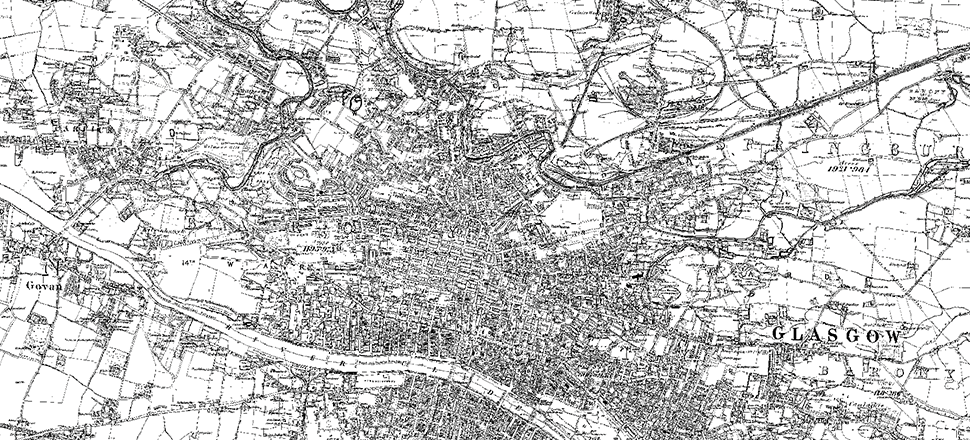
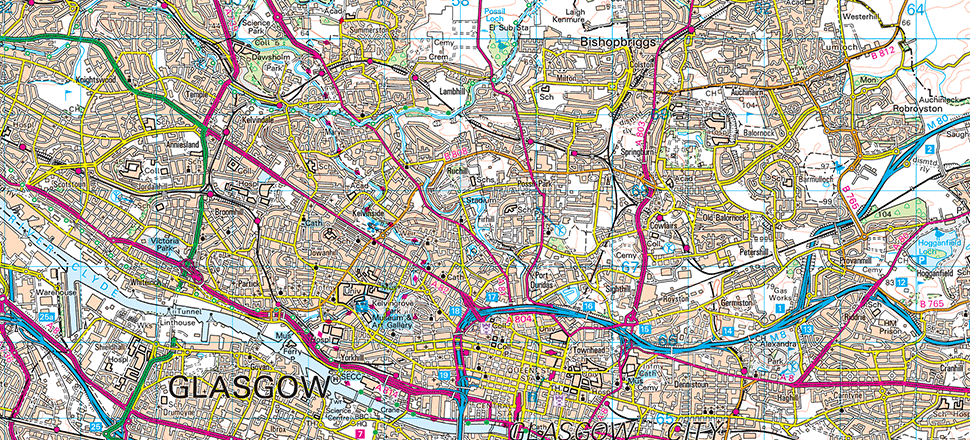
To reminisce or discover old photos and footage of London and Glasgow, head over to YouTube
It makes you wonder what we’ll be comparing today’s maps with. How different will the urban and rural landscape be in, say, as little as 20 years’ time? One thing we do know, is that nothing stays still for long.
